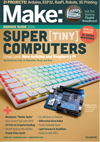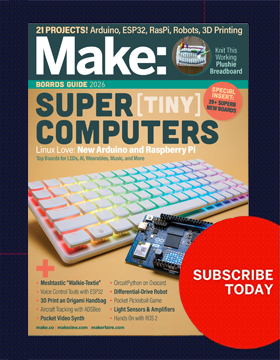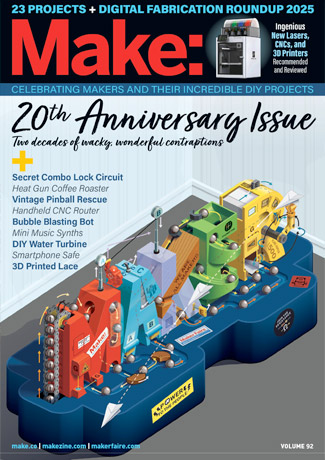
When working on any sort of project, safety should always be a huge priority. Although your shirt, pants, hair, or even undergarments might not be the first thing that comes to mind when you think about keeping yourself safe, they can be quite important. The following are a few clothing safety concepts to keep in mind on what to wear while making your creations.
Gloves
Gloves are great for situations where your hands will be exposed to abrasion. Waterproof gloves are also available if working on something wet. One huge issue with gloves, though, is that they should not be used when working on machinery that has the potential to grab loose fabric or leather and pull you in. This is an easy mistake to make, and if I hadn’t had some guidance early-on as an engineering co-op, one that I would certainly be guilty of. Lathes and milling machines are two examples of machinery where gloves can make using them more dangerous.
As for what type of glove to use, there are many, many options to chose from, including the list below. Only use gloves that have the proper protective ability for the situation you’ll be using them for.
- Heavy leather gloves can provide protection from sparks when welding, or tiny hot bits of metal when grinding.
- Chemical resistant neoprene or rubber gloves can be used when dealing with nasty liquids. Some can even extend to your elbows!
- Heat-resistant gloves can keep your hands at a reasonable temperature while dealing with your high-temperature creation.
- Close-fitting, light-duty gloves can be used as a “second skin” to help avoid abrasions while preserving dexterity.
Loose Clothing or Hair

Along the same lines as gloves, loose clothing or hair can be problematic, especially with rotating equipment. I’m reminded of the story of a Yale student who died tragically while using a lathe. I hate to mention it, as Make: is usually a happy publication, but this kind of thing needs to be considered when working with powerful machinery. Keep your hair out of the way, and your sleeves short when using most types of machine tool. A few options for hair and clothing safety include:
- Hair ties can be used to keep hair clear of machinery.
- Certain types of hats can protect your hair from sparks.
Jewelry
Jewelry should be avoided in nearly every case. In addition to possible electrical and conduction issues, jewelry, like clothing, can get caught on machinery. I have a hook in my garage on which I usually put my wedding ring and wrist watch before working on anything. Having a dedicated place for this helps me keep track of it.
Clothing Material Selection
Synthetic fibers are great in most instances, but, generally speaking, they also have the tendency to melt when exposed to a flame. It’s generally best to wear natural fibers when doing “hot work,” like welding or blacksmithing. For obvious reasons, this applies to undergarments and socks as well as what you’re wearing on the outside.
Shoes
Safety toe shoes (not all steel-toed boots meet this requirement) are needed in some situations, but even normal closed-toe shoes offer a modicum of protection versus sandals or, of course, no shoes at all. Wear what’s appropriate for your situation. Soldering is certainly different than, say, blacksmithing heavy parts, but there’s nothing wrong with erring on the side of caution.
Final Word
Although I have some experience in an industrial environment and making things, I don’t claim to be an expert in safety. Read the labels on your gear, and only use it in the situation that it’s intended for. If you’re not sure if what you’re wearing or what you’re doing is safe, be sure to get help from someone with the appropriate experience.
ADVERTISEMENT










